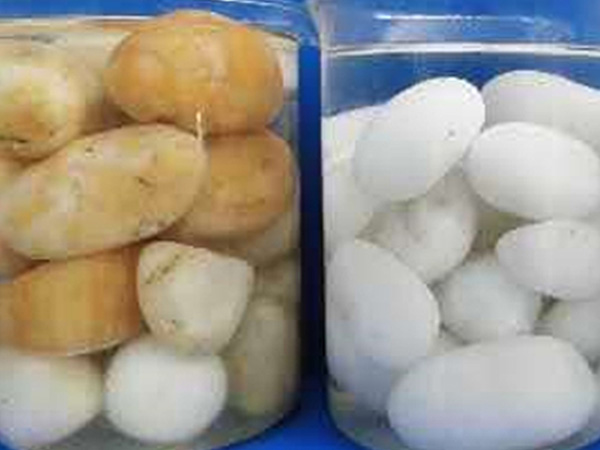Quartz sand whitening: general overview of why quartz sand needs to be whitened?
We will soon launch a series of articles on the topic: how to improve the whitening of quartz sand, that is, how to Quartz sand whitening. The factors affecting the whiteness of quartz sand and the corresponding control strategies are mainly discussed from four directions. The four directions are the quality of the original sand, the choice of pickling agent, the pickling process conditions and the drying process.
1. Why does quartz sand need to be whitened?
Quartz sheet is more and more popular in the decoration market, because it has the characteristics of no scratches, no pollution, dirt resistance, burn resistance, anti-aging, non-toxic and non-radiation, etc. It is widely used in public buildings (hotels, restaurants, banks, Hospitals, exhibitions, laboratories, etc.) and home decoration (kitchen countertops, washbasins, kitchen and bathroom walls, dining tables, coffee tables, window sills, door covers, etc.), the demand is also growing.

Refined quartz sand is one of the main raw materials of quartz plate. For the plate sand of porcelain white, the whiteness index is necessary, and it is an important index to determine the grade of quartz sand. Many people saw the business opportunities and joined the production of refined quartz sand one after another. The competition in the industry has become more and more fierce, and the requirements of plate manufacturers for raw materials have gradually increased. Only with higher quality products, the price given by customers will be higher.
One of our customers mainly produces general sand. In order to obtain more profits, they want to produce fine sand. The customer’s whiteness requirements for A-class sand for porcelain white plate sand are: full mesh whiteness ≥80, 40-70 mesh ≥78, 70-120 mesh ≥80. In order to meet customer requirements, it is necessary to improve the whiteness of quartz sand.
2. Reasons that affect the whitening of quartz sand
The original color of porcelain white quartz sand is white, but it will be polluted under the action of nature for many years, showing associated or symbiotic mineral impurities such as black, yellow, or red, which affects the whiteness of quartz sand.
① Yellow impurities
Mainly iron oxides, attached to the surface or inside of quartz sand. There are also some yellow impurities that are clay or regolith.
② Black impurities
Magnetite, mica, tourmaline group minerals or mechanical iron, etc.
③ Red impurities
Hematite is the main mineral form of iron oxide, the chemical composition is Fe2O3, and the crystal belongs to the oxide mineral of the trigonal system. In red sandstone, hematite is a cement of quartz grains that tints the rock.
④ White impurities
Potassium albite, mica or clay miscellaneous stone (or weathered stone) and so on.
⑤ Green impurities
3. Quartz sand whitening suggestion
Quartz sand whitening is mainly to remove impurities that affect the whiteness of quartz sand, referred to as impurity removal. Quartz sand processing enterprises need to remove impurities according to the characteristics of quartz sand, such as yellow skin (iron oxide, etc.) can be removed by pickling, magnetic substances need to be removed by magnetic separation, mica needs to be removed by flotation, yellow clay Miscellaneous stones are removed by pickling or color sorting.


